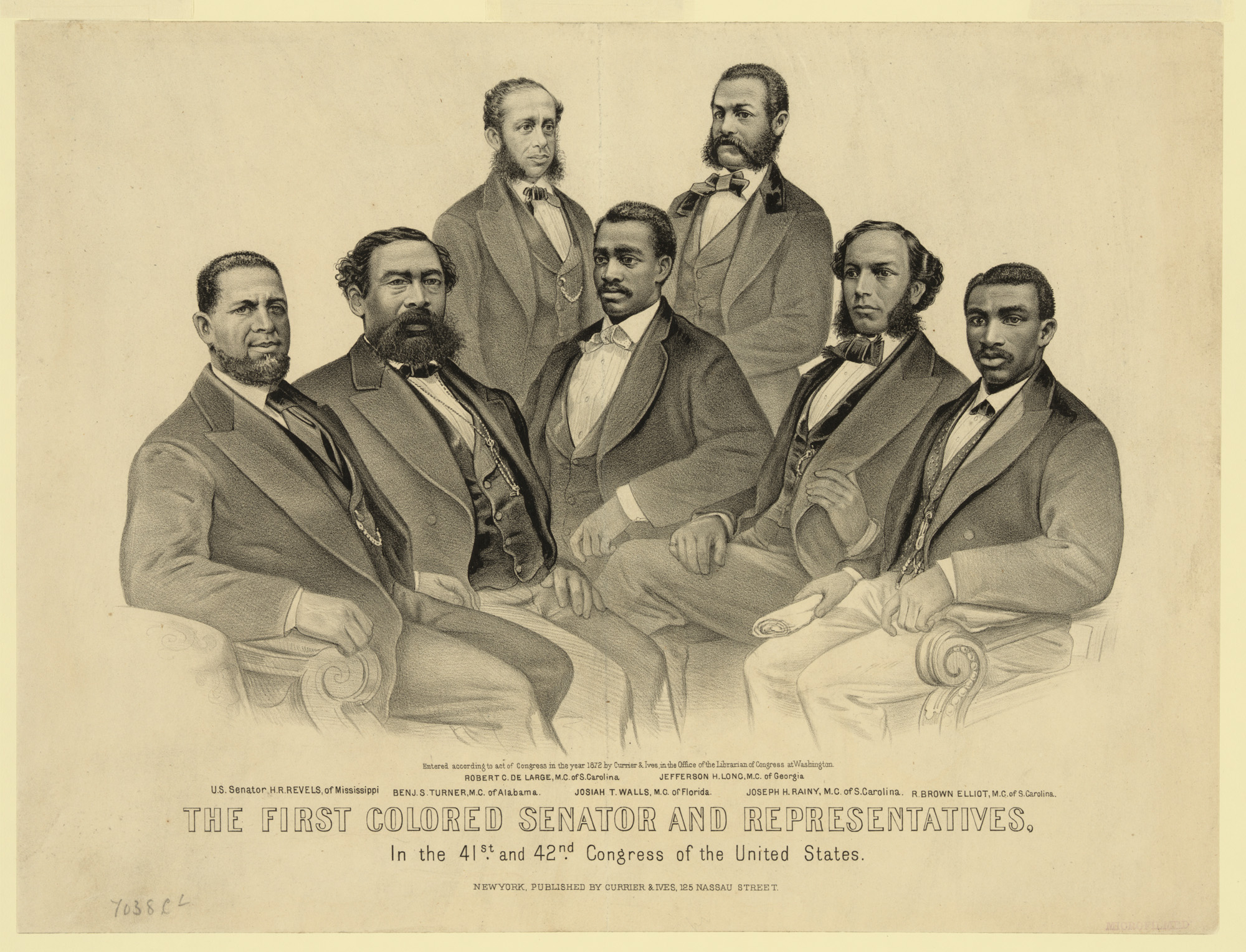Report on Deficiencies in Utah’s Victim Notification System and Alignment with Sustainable Development Goals
Introduction: Justice System Gaps and a Failure to Uphold Global Standards
An analysis of Utah’s justice system reveals significant procedural gaps in notifying victims of domestic and sexual violence, creating conditions that directly undermine the principles of the United Nations Sustainable Development Goals (SDGs). These systemic failures, particularly in communication and victim inclusion, contravene the core objectives of SDG 16 (Peace, Justice and Strong Institutions) and SDG 5 (Gender Equality). Case studies demonstrate that victims are frequently left uninformed about critical developments, such as the expungement of criminal records or the dismissal of charges against their alleged abusers. This lack of access to justice and institutional accountability disempowers survivors and compromises community safety.
Analysis of Institutional Failures and Contradiction to SDG 16
Ineffective and Non-Inclusive Justice Processes
The state’s current practices fail to provide the “access to justice for all” mandated by SDG Target 16.3 and fall short of building the “effective, accountable and transparent institutions” required by SDG Target 16.6. Victims report being systematically excluded from legal proceedings that directly affect their safety and well-being. This exclusion is a result of several institutional shortcomings:
- Reliance on outdated communication methods, such as sending critical court notices to old addresses.
- Absence of confirmation systems to ensure victim objections or statements are received and considered.
- Instances of prosecutors misrepresenting victims’ wishes to the court, leading to the dismissal of cases without the victim’s true consent.
- Inadequate training for law enforcement based on outdated models of domestic violence, further marginalizing victims from the outset.
One victim, whose alleged assailant’s record was expunged without her knowledge despite her formal objection, described the experience as feeling “completely left out of the loop and also so vastly unequipped and unable to meaningfully be involved.” This sentiment reflects a systemic failure to ensure the justice process is inclusive and responsive.
Gender Equality and Victim Empowerment (SDG 5)
Disempowerment of Violence Survivors
The overwhelming majority of those affected by these systemic gaps are survivors of domestic and sexual violence, making this a critical issue for SDG 5 (Gender Equality). The failure of the justice system to protect and inform these individuals directly impedes progress on SDG Target 5.2, which calls for the elimination of all forms of violence against women and girls. When the system fails to provide timely and accurate information, it not only denies justice but also perpetuates a state of vulnerability, leaving survivors at risk of further harm.
The Role of Notification in Achieving Victim Safety and Empowerment
According to victim advocacy experts, timely notification is a cornerstone of a victim-centric justice system. It is not merely a procedural formality but a critical component of restoring agency and ensuring safety, aligning with the broader goals of SDG 5 and SDG 11 (Sustainable Cities and Communities). The benefits of a robust notification system include:
- Validating the victim’s experience and their role within the justice process.
- Restoring a sense of control to individuals whose power has been taken away by violence.
- Enabling survivors to create essential safety plans, which may include relocation if an abuser is released from custody.
- Contributing to safer communities by empowering victims and holding institutions accountable.
Current Notification Mechanisms and Their Shortcomings
Existing State-Level Systems
Utah has several systems in place intended to inform victims, but each possesses significant limitations that prevent them from being fully effective.
- Prosecutor-led Notification: The primary method relies on prosecutors to inform victims. However, this system is often hampered by the fact that only a victim’s name may be shared with the judiciary, making direct and reliable communication difficult.
- Xchange Online Portal: While case details are publicly accessible on this state website, many victims are unaware of its existence or how to navigate it.
- MyCourtCase Tool: This online tool, which provides hearing notifications and case access, is currently restricted to official parties in a case. Victims are not considered a party in criminal cases, thereby excluding them from this service. A proposed expansion to include victims is under consideration, with a potential implementation not expected until February 2026.
The VINE System: A Comparative Analysis
VINE (Victim Information and Notification Everyday) is an automated service used in 40 states to provide updates to victims. However, its implementation in Utah highlights a failure to leverage available technology to build the effective institutions called for in SDG 16.
- Utah’s VINE Implementation: Offers only custody-related updates, such as when an individual is booked into jail, paroled, or discharged from probation.
- Connecticut’s VINE Implementation: Provides a comprehensive suite of notifications, including updates on probation violations, upcoming court hearings, case outcomes, and pending parole hearings, thereby empowering victims with continuous information.
This disparity shows that while the technology for a more robust, victim-centered notification system exists, Utah has not fully adopted it, leaving its system far less effective than those in other states.
Recommendations for Aligning with SDG Principles
Modernizing Communication Infrastructure
To align with the principles of SDG 16 and SDG 10 (Reduced Inequalities), Utah must modernize its communication infrastructure. As noted by state legislators, government services such as utility payments and driver’s license registration have been modernized for mobile access, yet the criminal justice system lags behind. Moving beyond unreliable snail mail to a multi-platform notification system (text, email, app) is essential to live up to the “spirit of the law” regarding victims’ rights and create a more accessible and equitable system.
Integrating Technology with Human-Centered Advocacy
Technology alone is insufficient. A holistic approach that integrates modern tools with human-centered support is necessary to create a truly effective and empowering system for victims. The following actions are recommended:
- Expand Utah’s VINE system to include a comprehensive range of notifications covering all stages of the criminal justice process, mirroring best practices from states like Connecticut.
- Expedite the expansion of the MyCourtCase tool to grant victims direct access to their case information and hearing notifications.
- Strengthen and formalize collaboration between law enforcement, prosecution offices, and victim advocates to ensure a coordinated, human-centered response.
- Establish a clear and accessible process for victims to submit complaints regarding violations of their rights, ensuring institutional accountability.
By adopting these measures, Utah can begin to close the systemic gaps that currently leave victims behind, thereby making meaningful progress toward achieving the goals of justice, equality, and safe, inclusive communities for all.
Relevant Sustainable Development Goals (SDGs)
SDG 5: Gender Equality
- The article’s central theme is the experience of female victims of sexual and domestic violence within the justice system. It details cases of women being groped, assaulted, and abused, directly addressing the issue of violence against women.
SDG 16: Peace, Justice and Strong Institutions
- The article extensively critiques the justice system’s failures in Utah. It discusses outdated police training, poor communication from courts and prosecutors, and inadequate victim notification systems. The entire piece is a call for more effective, accountable, and transparent institutions that provide equal access to justice for victims of violence.
Specific Targets Identified
SDG 5: Gender Equality
- Target 5.2: Eliminate all forms of violence against all women and girls in the public and private spheres.
The article directly relates to this target by focusing on the aftermath of violence against women. It highlights the cases of “Emily,” who was one of multiple women groped on the BYU campus, and other unnamed women who were victims of domestic abuse and sexual assault. The failure of the justice system to support these victims compounds the initial violence.
SDG 16: Peace, Justice and Strong Institutions
- Target 16.3: Promote the rule of law at the national and international levels and ensure equal access to justice for all.
The article demonstrates a failure to provide equal access to justice. Victims like Emily felt “completely left out of the loop” and “unequipped and unable to meaningfully be involved.” Another victim was not notified to testify, leading to charges being dropped against her abuser. These examples show that victims are not receiving the access to justice that the law, in theory, provides. - Target 16.6: Develop effective, accountable and transparent institutions at all levels.
The article points to a lack of effective and transparent institutions. The reliance on prosecutors to notify victims, which is described as a complicated system, and the use of outdated notification methods like “snail mail” are examples of ineffectiveness. The story of prosecutors telling a judge a victim wanted to dismiss her case when she had pleaded for it to be pursued shows a lack of accountability and transparency. - Target 16.7: Ensure responsive, inclusive, participatory and representative decision-making at all levels.
The core issue highlighted is the lack of a responsive and participatory process for victims. Emily’s objection to her assailant’s expungement was sent via email, but she “never heard anything back,” and the record was expunged without her knowledge. This denied her the right to participate in a decision that directly affected her safety and sense of justice. The proposed expansion of the MyCourtCase tool is an attempt to make the process more inclusive for victims.
Indicators for Measuring Progress
Indicators for Target 5.2
- Implied Indicator: Reporting rates of sexual and domestic violence.
Rep. Tyler Clancy states that when the system fails victims, it “tamps down on reporting it and it makes our communities less safe.” This implies that an increase in the rate of victims reporting crimes would be a positive indicator of a more trusted and effective justice system.
Indicators for Targets 16.3, 16.6, and 16.7
- Explicit Indicator: The existence and scope of victim notification systems.
The article directly discusses and compares victim notification systems. It specifies that in Utah, the VINE service “only offers updates for custody changes,” while in Connecticut, it offers a comprehensive range including “probation violations, upcoming court hearings, the outcome of the case, pending parole hearings and custody changes.” The scope of these services is a direct, measurable indicator of institutional responsiveness. - Explicit Indicator: The availability of modern communication methods for victim notification.
The article contrasts outdated “snail mail” with modern options. It notes that Connecticut’s VINE system allows victims to choose their preference for notifications, including “app, text message, automated phone message, email.” The availability and adoption of these modern methods is a clear indicator of progress in modernizing the justice system. - Implied Indicator: Victim satisfaction with the justice process.
Emily’s statement, “I genuinely feel so gutted about the entire process in hindsight,” is a qualitative measure of dissatisfaction. The article mentions that the “top complaint from victims” was “confusion about the justice system process and miscommunication.” Formalizing this feedback through surveys or the complaint process created by Rep. Clancy’s bill would provide a quantifiable indicator of victim satisfaction and trust in the institutions.
Summary of Findings
| SDGs | Targets | Indicators |
|---|---|---|
| SDG 5: Gender Equality | 5.2: Eliminate all forms of violence against all women and girls. | Reporting rates of violence: The article implies that failures in the justice system discourage victims from reporting crimes, making reporting rates an indicator of trust and system effectiveness. |
| SDG 16: Peace, Justice and Strong Institutions | 16.3: Ensure equal access to justice for all. | Victim satisfaction with the justice process: Implied through victim testimony of feeling “gutted” and “left out of the loop,” and through legislative efforts to create formal complaint processes for victims’ rights violations. |
| 16.6: Develop effective, accountable and transparent institutions at all levels. | Scope of victim notification systems: Explicitly measured by comparing Utah’s limited VINE system (custody changes only) to Connecticut’s comprehensive system (court hearings, case outcomes, etc.). | |
| 16.7: Ensure responsive, inclusive, and participatory decision-making. | Availability of modern communication methods: Explicitly mentioned by contrasting “snail mail” with modern options like apps, text messages, and emails available in other states’ VINE systems. |
Source: ksl.com







